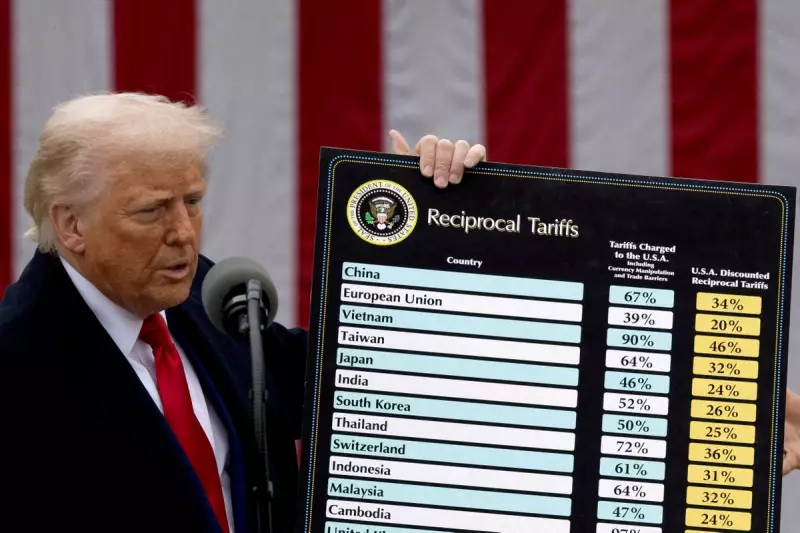
In a bold economic proposal that could reshape global trade dynamics, former President Donald Trump has outlined plans for sweeping universal tariffs on all imported goods entering the United States.
The Republican frontrunner suggested implementing a baseline 10% tariff across all imports, describing it as a "ring around the collar" of the American economy. This radical departure from current trade policy would represent one of the most significant protectionist measures in modern US history.
The 'Dividend' Proposal
Perhaps most intriguingly, Trump indicated the substantial revenue generated from these tariffs could be used to create what he termed an "economic dividend" for American citizens. While details remain scarce, this suggests a potential redistribution mechanism where tariff proceeds might fund tax cuts or direct payments to middle-class households.
"It's a double-edged strategy," noted one trade analyst. "You're simultaneously protecting domestic industries while potentially offsetting consumer costs through fiscal benefits."
Economic Implications
The proposal has ignited fierce debate among economists and policymakers. Proponents argue it would:
- Boost domestic manufacturing and job creation
- Reduce reliance on foreign suppliers, particularly China
- Generate substantial government revenue without increasing income taxes
Critics, however, warn of significant drawbacks:
- Higher consumer prices across numerous product categories
- Potential retaliation from trading partners
- Disruption to global supply chains already strained by recent crises
Political Context
This tariff initiative emerges as Trump positions himself for a potential return to the White House. The plan echoes his previous trade wars but represents a more comprehensive approach than the targeted tariffs of his first administration.
International observers are watching closely, concerned about the potential ripple effects on the global economy should such protectionist measures be implemented.
The coming months will likely see further elaboration on this proposal as economic advisers and political allies weigh in on its feasibility and potential implementation timeline.





